Getting ready for our three week journey to Madeira, Portugal was a big deal this year.
We planned it for almost four months before we left, finding a nice home we both liked in an area of the island that we both liked. After considerable research, we decided that we would stay in Ponto do Sol on the southwest coast for the simple reason that it was renowned as the sunniest town in Madeira.
Nestled between steep hills and the vast expanse of the Atlantic Ocean, the picturesque town of Ponta do Sol was a nice spot to enjoy some quiet time away from a cold January in Collingwood but truth be told, it was our little home that made it special.
We were in Madeira to hike and Ponto do Sol was the perfect spot for us to explore Madeira’s rugged landscapes.
The charm of Ponta do Sol for most people is the pebbled beach that lines the waterfront promenade and the pastel buildings along the palm-lined street, giving it a serene little village vibe. Located 45 minutes from the Madeira airport, it allowed us pretty easy access to the entire island.
The settlement of Ponta do Sol was founded around 1425, shortly after the discovery of the island by Portuguese settlers and the village was founded in 1501. Originally an agricultural centre with sugarcane production, today, you mainly see banana plantations – terraced levels along the cliffs are home to hundreds of banana patches.
After settling in to our Alojamento Local, Cantinho do Sol on a Thursday evening, we spent Friday familiarizing ourselves with the town, and getting our E-Sim set up at the local MEO, before going down to the waterfront to visit.
The village of Ponta do Sol was founded in 1501.
It’s a funny shaped town. Everything in Madeira is on an incline and Ponto do Sol was no different. Getting there from our house up in the hills meant driving down to the main VE3 roundabout, then continuing along onto the main street, ER101, which ran through a narrow walled section that wound around the Capela de Santo Antonio and a rock-face before funnelling itself out onto the main street. At that point, the waterfront and public rock beaches are on your left, the Antigo Tunnel is directly in front of you and a row of pastel coloured buildings, mostly hotels, is on the right.
So what’s in Ponto do Sol?
We started with a walk along the rocky beachfront. Ponta do Sol is one of the sunniest towns on the island, so its beach is very popular. In my opinion, it’s not a beach. Walking on fairly large rounded stones is not appealing to me. The pebbled beach stretches between the cliffs at the mouth of the valley and stretches for over 500 feet. It also features changing rooms and a large breakwater for swimming.
Further along the waterfront, an old road led us up to the Ponta do Sol Pier, which stands out architecturally for its wide, round arch, which connects the coastal cliff to the pier.
Built in 1849, this bridge to the pier, where ships could safely tie up, enabled the entire south coast of Madeira to be supplied along the coastal road which linked all of the villages. This entire structure was built using regional stone, such as basalt, ashlars and pebbles and it has an old world European feel. At the entrance to the pier, you’ll also find an old prison, carved into the rock, and the guard house.
The pier is a nice place to watch the sunset light up the village.
From there, we walked back down and along the hotel side of the street, where there was a vegetarian restaurant called Palm Spot, which we made reservations at for later on for our first evening. On the back streets, there were three more restaurants, Steak & Son, The Old Pharmacy, which also had several vegetarian options, as did the third restaurant, which we visited twice – Caprice.
When we came back down for dinner that evening at Palm Spot, the Christmas lights were still on, making our first evening out very glittery.
Over the next three weeks, we came back down to the waterfront on a few occasions. One night, we could see from our little house in the hills that it was going to be a nice sunset and we came down to the waters edge to enjoy it. On another night, the winds were strong, so we watched the waves breaking against the breakwater.
During our last few days, after having dinner at Caprice, we wandered around the old town, and the buildings looked and felt medieval and the streets were deserted, windows shuttered tightly closed. Cobbled streets and pebble staircases led up into the darkness and twice we followed them up and around seeing where the old streets led. Most wound their way back to the municipal parking lot.
Ponto do Sol is a nice place to enjoy the waterfront but my honest opinion was that as a town to visit, it was too quiet. There was not very much to see other than the four restaurants and there is no real grocery store in the village. There was a small store operating within the gas station but that was hardly a place to buy groceries. For groceries, we had to go into Ribera Brava, which had two nice large grocery stores called Continente.
We also preferred being on the waterfront in Ribera Brava, which seemed to have a little more happening – there were lots of local restaurants, a nice promenade with picnic tables to lunch on, a few local bars, quite a few nice shops, an outdoor farmers market as well as a very cool bulk food shop called Amora Ginja.
From a location point of view for exploring, we were happy with Ponto do Sol but as far as day to day necessities, Ribera Brava had much more to offer.
Having said that, we made our decision to stay in Ponto do Sol because of the beautiful little house we found and we thoroughly enjoyed staying there. Figuring out where our day to day shopping was turned out to be part of our adventure. Ponto do Sol felt older, but it was a beautiful, quiet little village.
Driving up to our home through the terraced gardens of bananas made me smile every day.

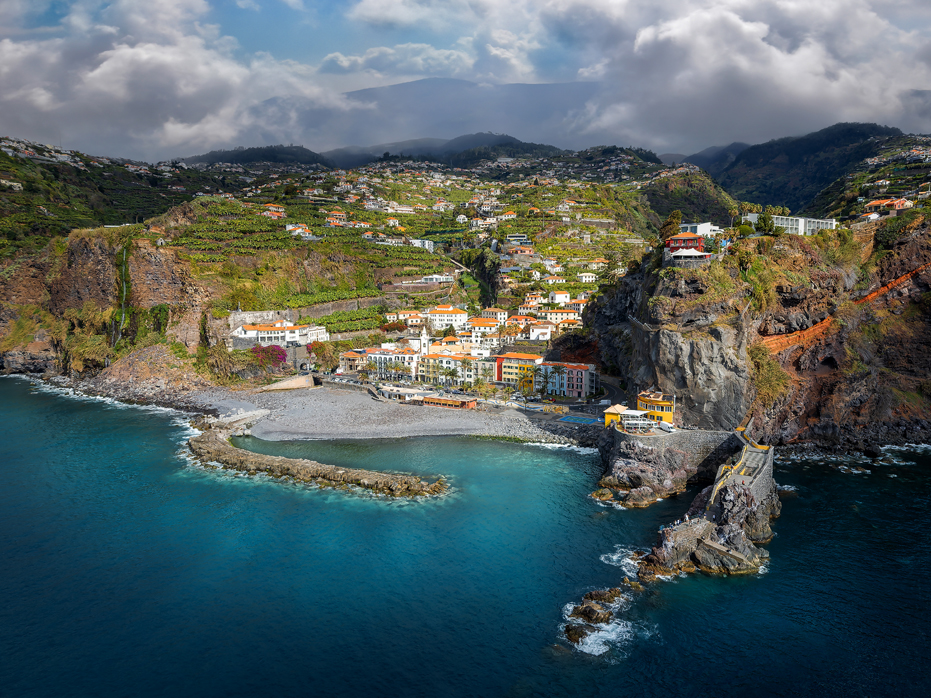
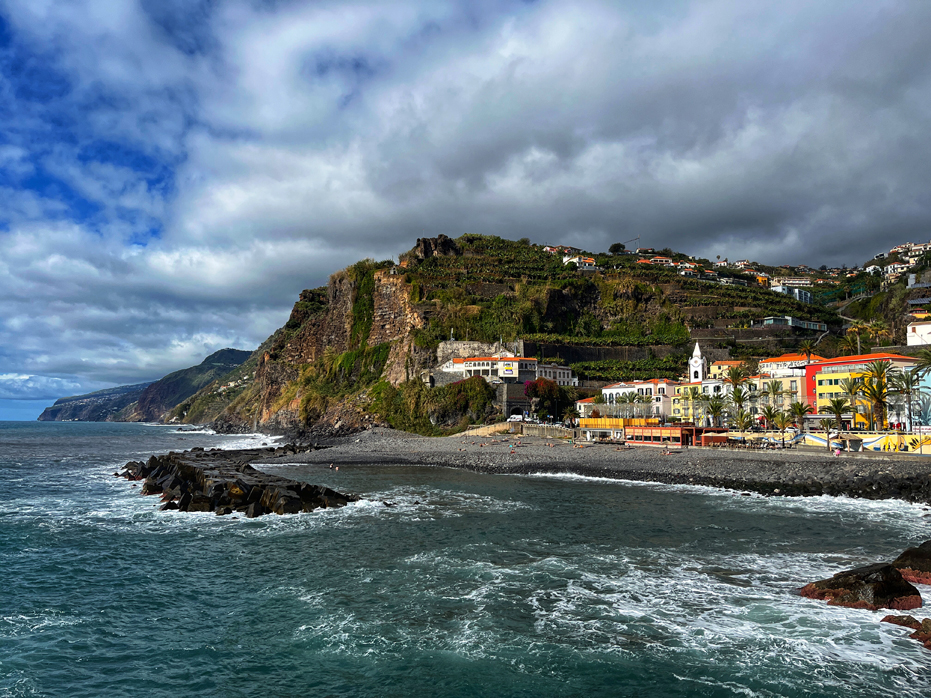
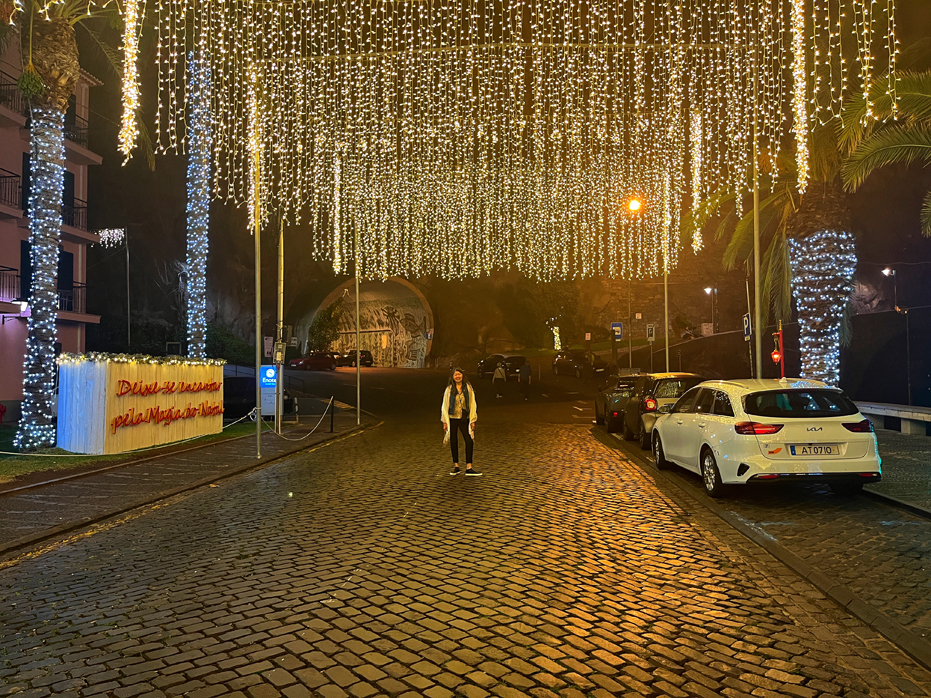
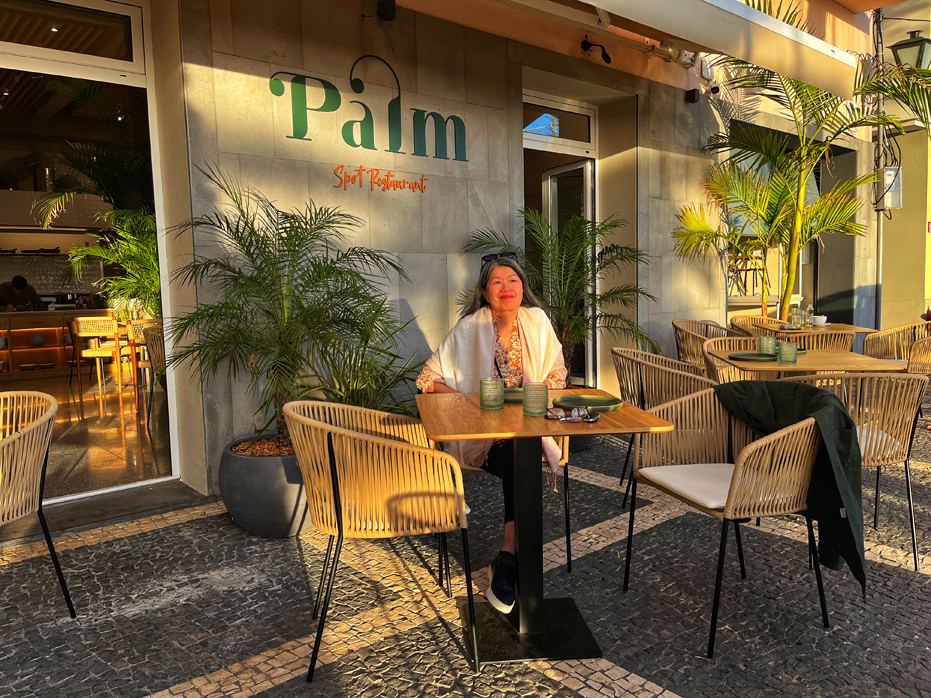
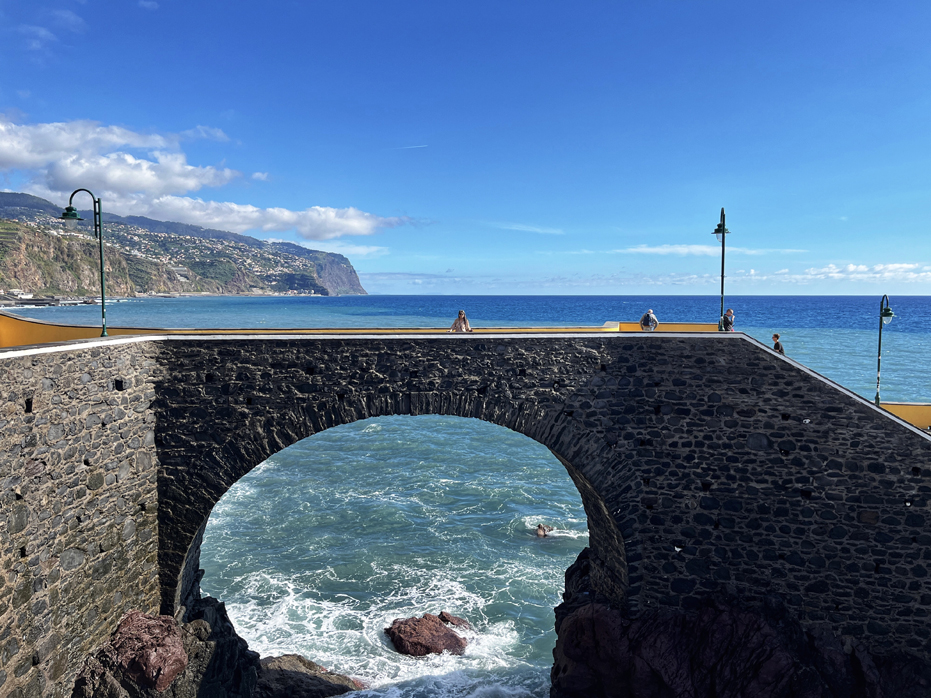

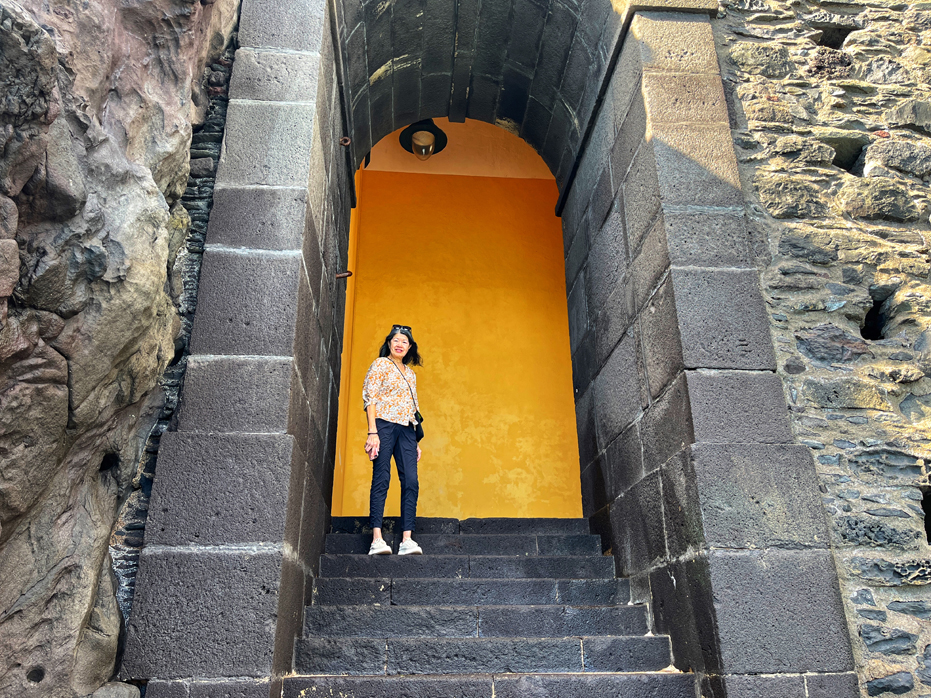
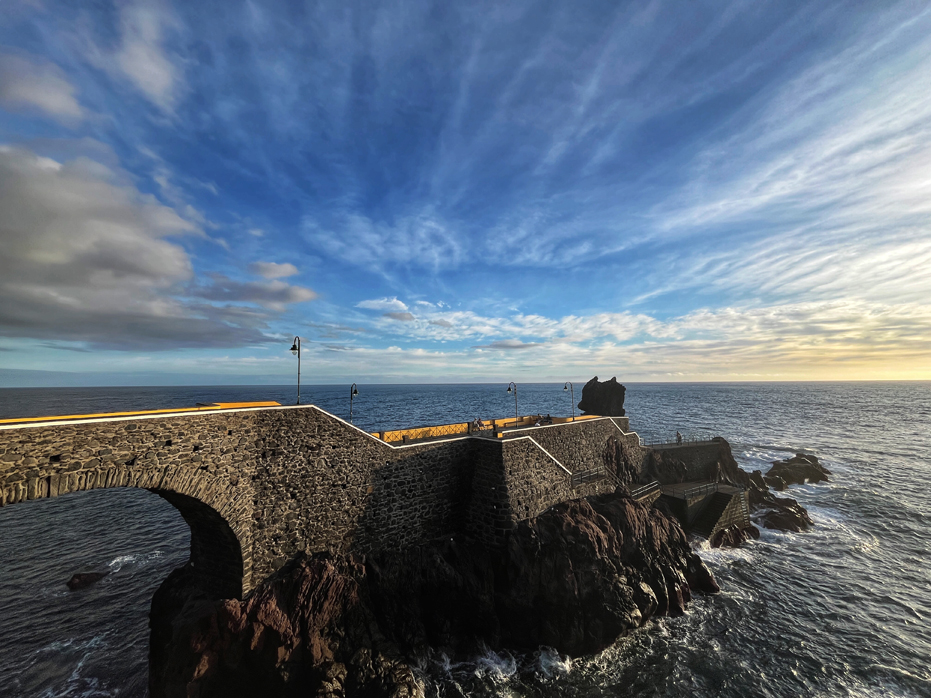
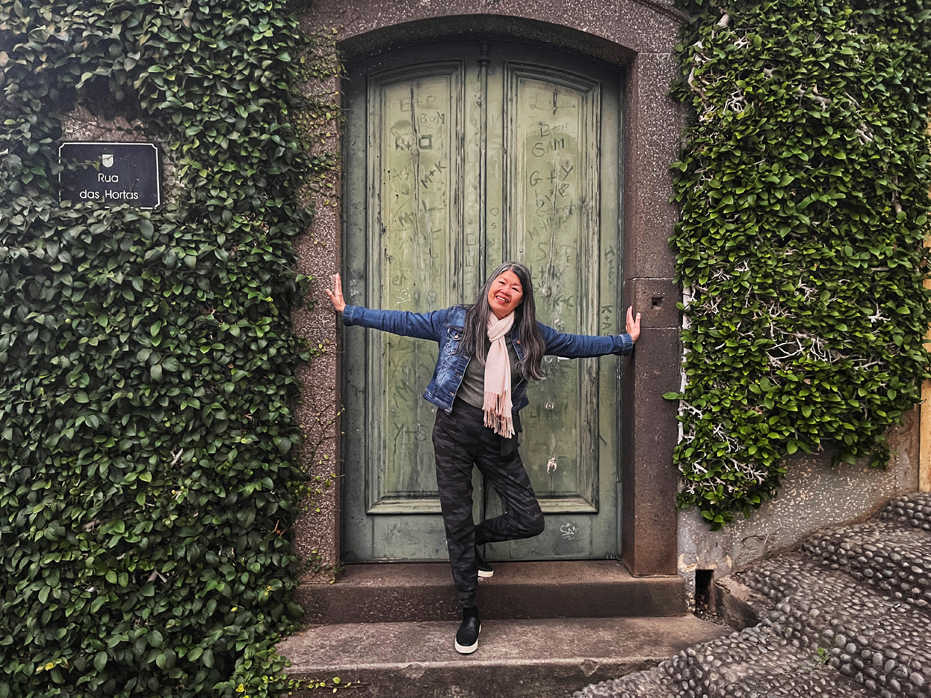

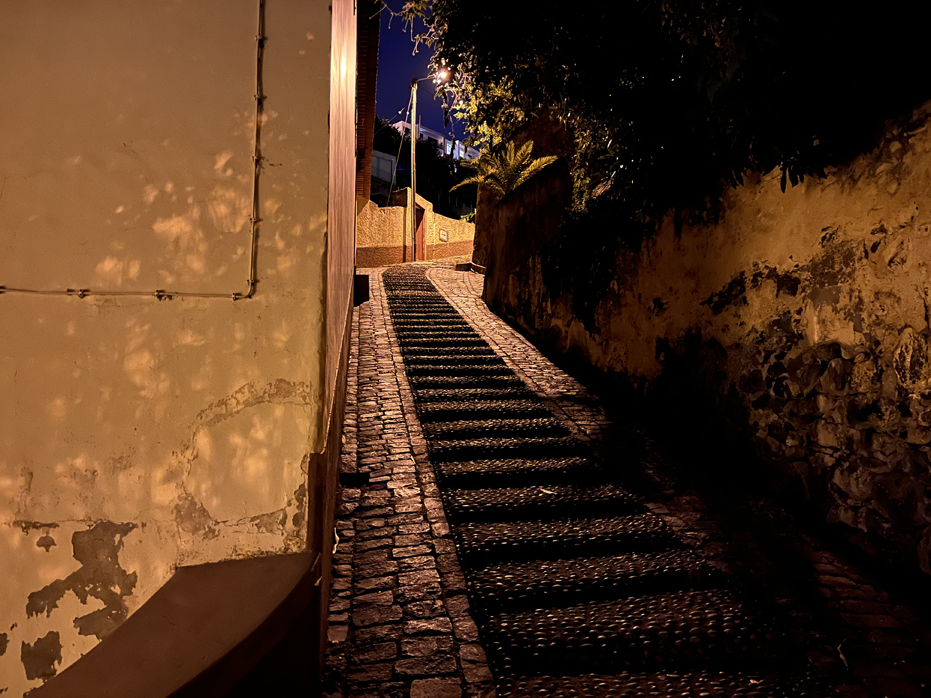

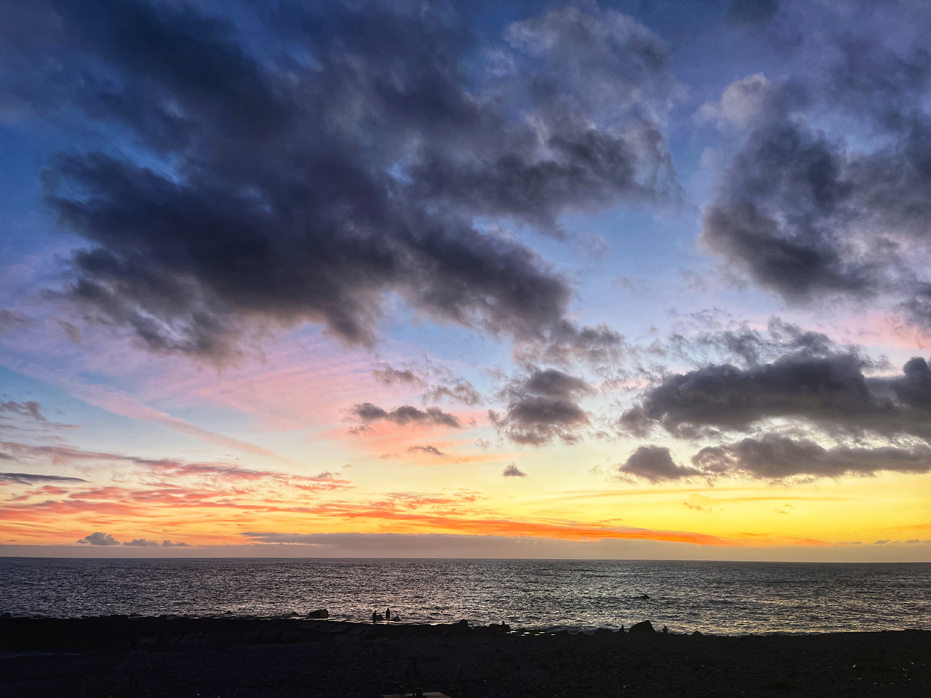
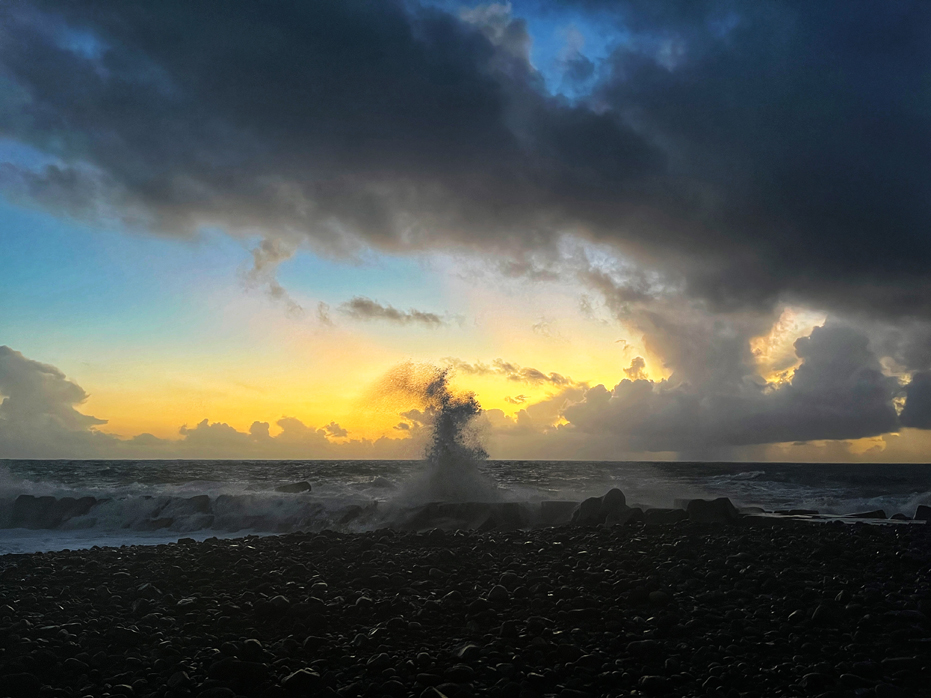
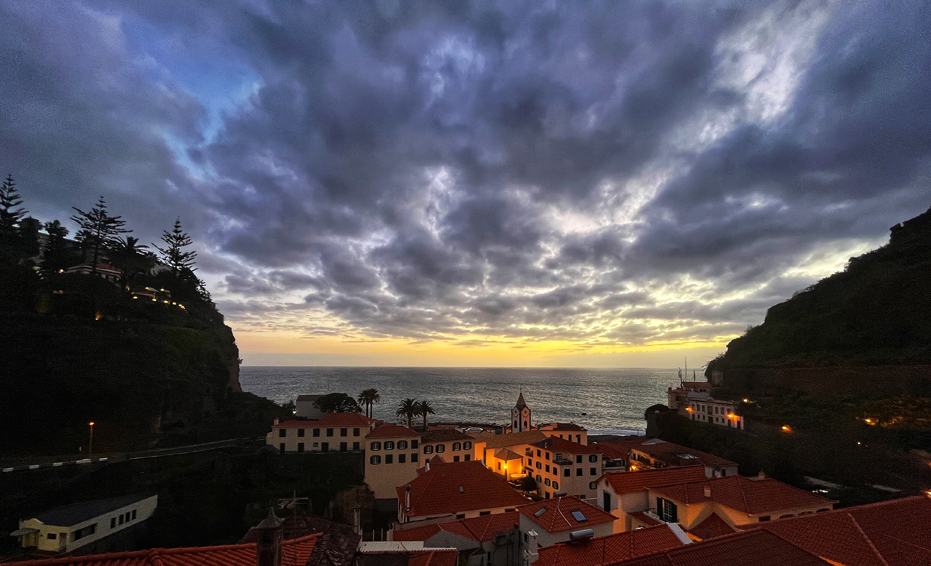
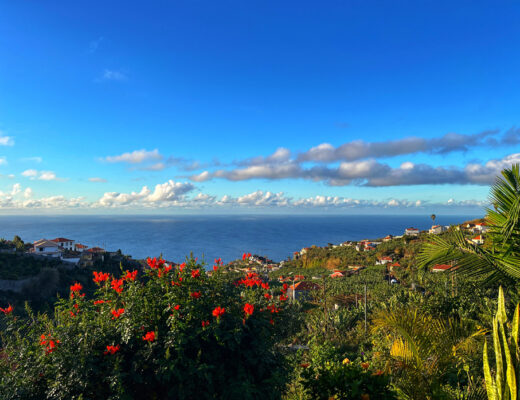
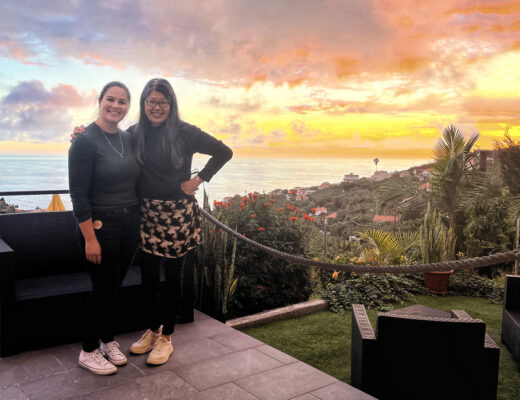

No Comments